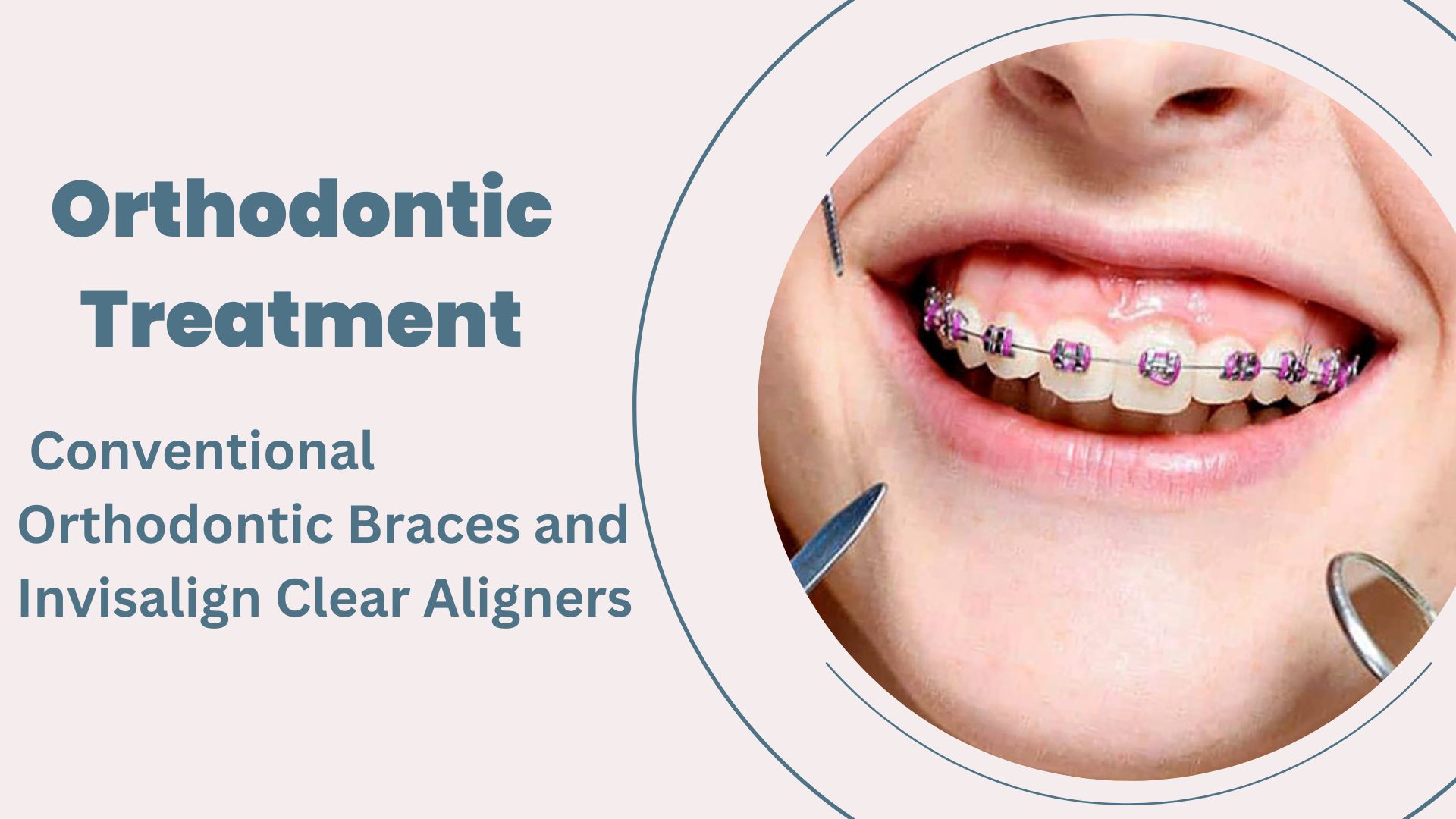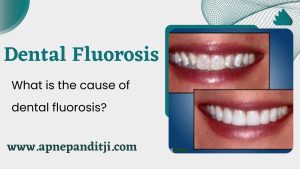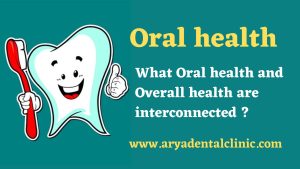Orthodontic treatment is a common dental procedure that aims to correct misaligned teeth, improve the bite, and enhance the overall appearance of the smile. Two popular options for orthodontic treatment are conventional braces and Invisalign clear aligners. In this article, we will compare conventional orthodontic braces versus Invisalign, exploring their similarities, differences, and benefits.
Conventional Orthodontic Braces
Conventional braces consist of metal brackets that are bonded to the teeth and connected with wires and rubber bands. The braces apply constant pressure on the teeth, gradually moving them into the desired position over time. The braces require regular adjustments by the orthodontist to ensure that the teeth are moving as planned.
Pros:
- Effective for complex dental issues such as severe overcrowding, overbite, and underbite.
- Durable and able to withstand normal wear and tear.
- Cost-effective compared to Invisalign treatment.
Cons:
- Aesthetically unappealing due to their noticeable appearance.
- Can cause discomfort and irritation due to the brackets and wires rubbing against the lips and cheeks.
- Difficult to maintain oral hygiene due to the brackets and wires obstructing proper brushing and flossing.
Invisalign Clear Aligners
Invisalign is a popular alternative to conventional braces that uses a series of clear plastic aligners that are custom-made to fit the patient’s teeth. The aligners apply pressure on the teeth, gradually moving them into the desired position over time. The aligners are replaced every two weeks to ensure that the teeth are moving as planned.
Pros:
- Virtually invisible, making them aesthetically appealing.
- More comfortable to wear than conventional braces due to the absence of wires and brackets.
- Removable, making it easier to maintain oral hygiene and eat without restrictions.
Cons:
- May not be as effective for complex dental issues as conventional braces.
- More expensive than conventional braces.
- Requires discipline to wear the aligners for 20-22 hours a day to achieve the desired results.
Conclusion
Both conventional orthodontic braces and Invisalign clear aligners have their own unique advantages and disadvantages. Ultimately, the decision to choose between conventional braces and Invisalign depends on the individual patient’s needs, budget, and lifestyle.
Conventional braces may be the preferred option for patients with severe dental issues that require more complex treatment. In contrast, Invisalign may be more suitable for patients who want a discreet, comfortable, and convenient orthodontic treatment option.
Patients should consult with their orthodontist to determine which option is best for their specific dental needs and goals. Regardless of the treatment option chosen, orthodontic treatment can provide significant benefits, including improved oral health, enhanced smile appearance, and increased self-confidence.




